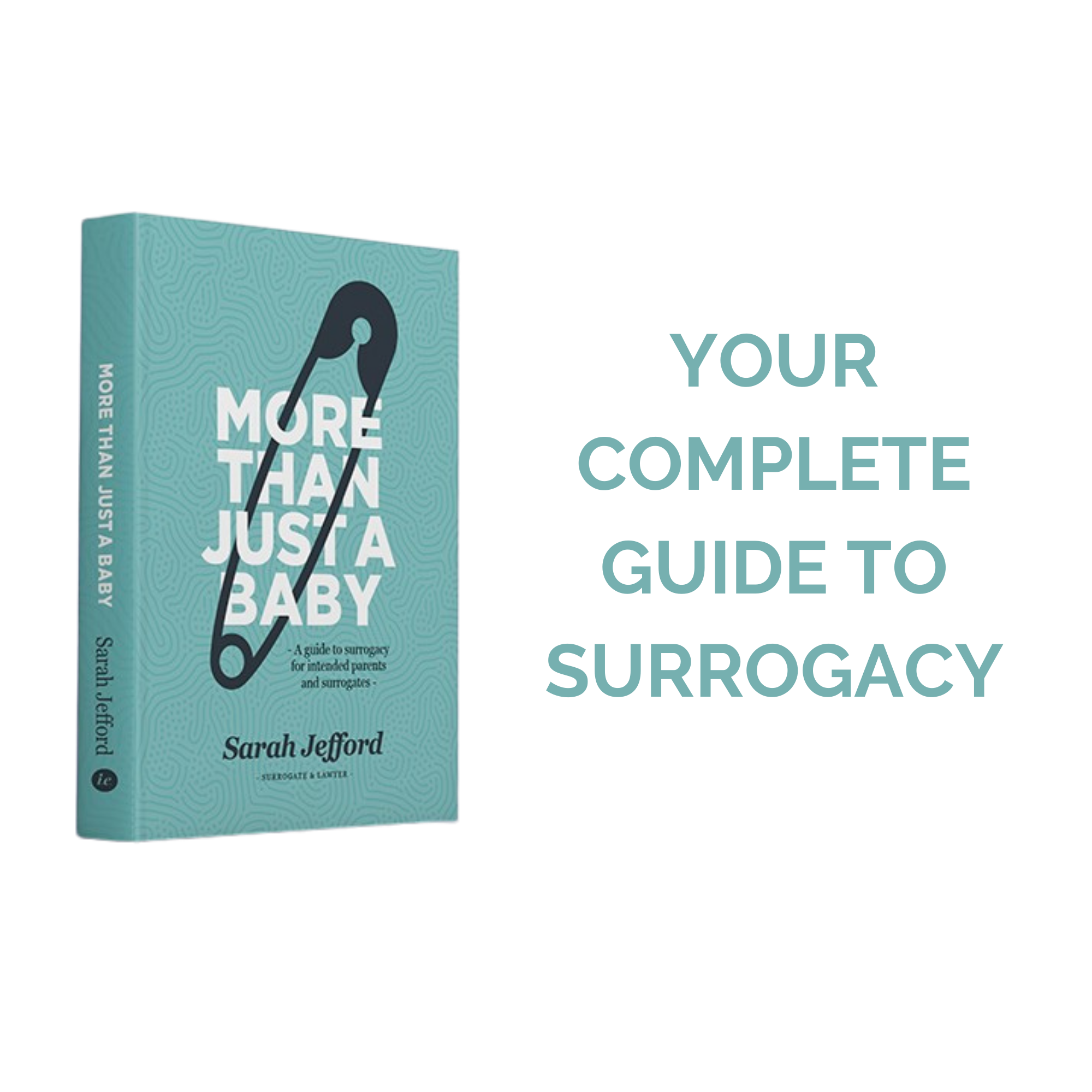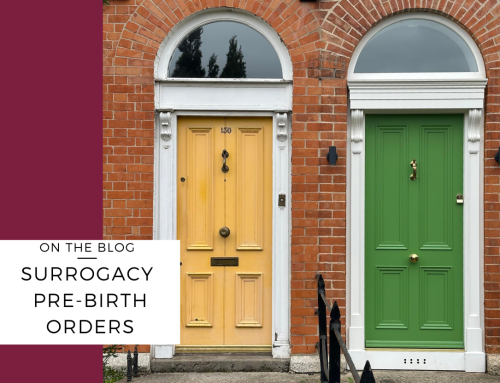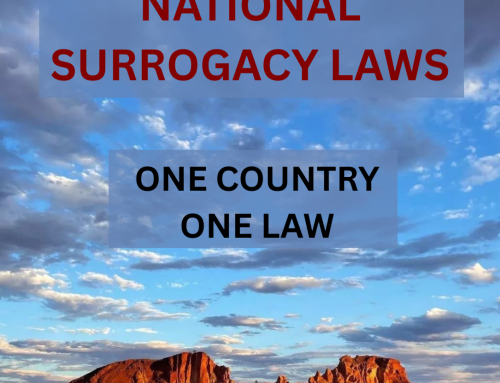People entering into commercial surrogacy overseas are often anxious to know about returning home to Australia with their baby, any consequences, and whether they need to get court orders when they return to Australia.
The 2025 case of Queensland intended parents who engaged in international commercial surrogacy was considered by the court in Lloyd & Compton and is worth a read.
If you are new to surrogacy as an intended parent, you might like to start with this post. If you are a potential future surrogate, this post provides some information.
I’ve written a book, More Than Just a Baby: A Guide to Surrogacy for Intended Parents and Surrogates, the only guide to surrogacy in Australia.
Parentage orders are made to transfer parentage from a surrogate and her partner, to the intended parents. These are made in state courts. These orders provide for the birth certificate to be changed, removing the surrogate and her partner, and replacing their names with those of the intended parents. Parentage Orders granted in this form are usually only available for surrogacy arrangements entered into within Australia, however changes in NSW now allow for a parentage order to be granted for children born via international surrogacy.
Parenting orders are sometimes made when parents are separated and need to formalise the arrangements for where the children will live and who they will spend time with. We used to refer to these as ‘custody orders.’ These are made in the family law courts. Most commonly, they involve separating parents who are making arrangements for their children after separation.
In some international surrogacy cases, intended parents may choose to apply for a parenting order, to recognise both parents as having parental responsibility for the child, once they return to Australia. There are other options, but as each case is different it is important to seek legal advice to help you decide.
The case of Lloyd & Compton provides some pause for thought before making an application for a parenting order where a child was born via international commercial surrogacy.
Sometimes, a parenting plan can be a helpful as evidence of the parents’ intentions that they share parental responsibility for their child. Parenting plans are not court orders but can be useful evidence in lieu of expensive court proceedings.
Click here to see a comparison of parentage and parenting orders.
You might be told that you must have a parenting order if you had a child through international surrogacy. This is usually not the case. Parenting orders may only be obtained if you have evidence of the surrogacy arrangement, and can provide evidence that the surrogate and her partner consented to the order being made. The court process can be complex, time-consuming and expensive, so if it is not necessary, you might like to consider the alternatives.
If only one (or neither) of the intended parents is listed on the birth certificate, parenting orders can provide acknowledgement that the intended parents have parental responsibility of the child (and that the surrogate does not), and can assist with accessing services such as Medicare and Centrelink. For some parents, they are helpful and may even be necessary, depending on their circumstances.
Many parents return from overseas and do not need a parentage order to behave like parents, obtain Australian citizenship and an Australian passport for their child, access services and enrol them in childcare and school. If you are interested in the real-life experience of a parent, listen to Felicity on the Surrogacy Podcast.
If you are considering options for international surrogacy, be sure to consider where your advice is coming from and whether the agencies and consultants have your best interests at heart.
If you have proceeded with a surrogacy arrangement within Australia, you need to apply for a parentage order after the birth. You can have a lawyer do it for you, or I can assist you to do it yourself.
If you are exploring your overseas options and the processes for bringing the baby home to Australia, you can book in for a consult with Sarah below or by following this link.








